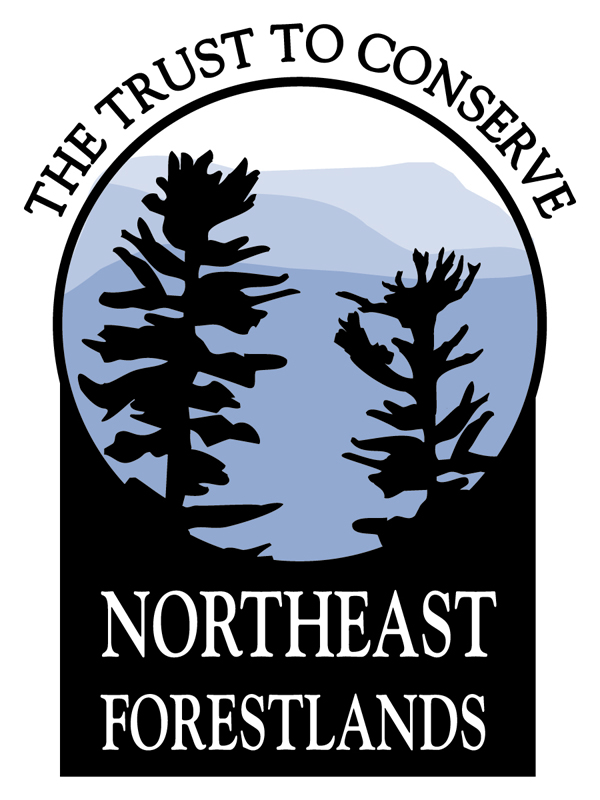 Why certify a forest?
Why certify a forest?
Woodland owners certify their woodlands for several reasons. To sell carbon, your woodlands must be certified. Markets that pay a premium for certified material are starting to emerge. Some markets for wood products require that the wood come from trees grown in certified forests. In some states, woodland owners pay less property tax if their woodlands are certified. Certification provides woodland owners with a higher level of technical assistance that typical woodlands are afforded.
What is certification?
Forest and woodland certification is a relatively new phenomenon but certification of products and services has been around a long time and you are probably already aware of several types. US Department of Agriculture has certification of meat and organic products, movies have certified ratings from the Motion Picture Association of America, and electrical appliances carry the Underwriters Laboratory (UL) certification and label. In all these cases certification means that the products carrying these labels meet a set of standards and customers know what to expect. Consumers understand that if an electrical device has an UL label on it, it has been constructed to a set of standards that are designed to make it safe. Woodland certification is similar, in that it ensures that if a woodland is certified, it means that it is being managed consistent with a set of standards. Further, if a forest industry buys timber from a certified forest and makes a finished product such as paper or flooring, the industry can place a certified wood label on the product. This label means that all or a portion of the wood that was used to make the product came from a certified woodland that was managed according to sound forestry principles that protect the environment. This does not necessarily mean that a forest must be certified to completely protect the environment. There are countless examples of woodland owners harvesting timber and protecting natural resources. Certification just means that these woodland operations and practices have been assessed by an independent party.
It is important to note that government bodies do not have a certification systems. Certification is voluntary and can be started or stopped by the group member at any time.
What is Group Certification?
Group certification brings many woodland owners or industry under one certificate that is managed by one entity. Group certification is designed to make certification practical and affordable by centralizing and streamlining many of the administrative processes related to certification. Traditional certification requires a woodland owner or forester to contact and pay (on their own) for an audit team to visit the owner’s property to ensure that the owner follows the standards. In group certification, the audit team will only inspect and visit a select number of random properties within the group. This audit is the greatest financial hurdle to achieving certification and by visiting only a sample of properties the costs are reduced by inspecting only a few properties rater than having to visit every single property individually. The group can also save time and money for group members by completing several certification requirements for them (for example; annual reporting, international treaty investigations, and database management of rare and endangered species). The group manager will be visiting with and walking potential members through the process of certification rather than the owners contacting an audit team on their own. The group can also support members by advertising their certified timber sales and putting them in contact with reputable foresters, loggers, and others to help them.
What is Chain-of-Custody certification?
Forest industries achieve certification through Chain-of-Custody (CoC) certification. It is a process that ensures wood (for example, lumber and veneer) and wood products (for example; doors, flooring, trim, furnitire, and paper) that carry a label of certification come from well-managed, responsibly harvested certified woodlands. The objective of CoC is to be able to verify the woodland origin of the wood used in consumer products. Each entity that handles certified wood becomes a link in the “certification supply chain,” from the woodlands all the way to the consumer. A new link is created in the chain each time the ownership of certified wood changes. If any entity in the supply chain is not certified, the chain is broken, and the final product cannot carry a certified label. Forest industries must develop written control procedures for how they are going to source, sell, and separate certified wood from other materials during manufacturing. If their plans are found in compliance with CoC standards through auditing, they have the ability to procure, produce, and sell certified wood products.
